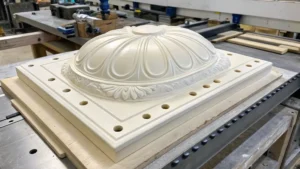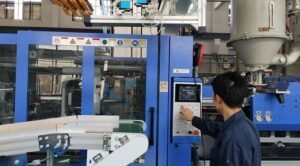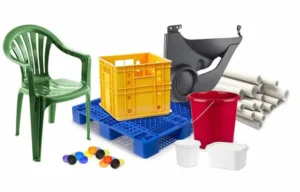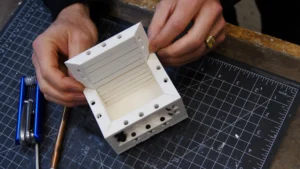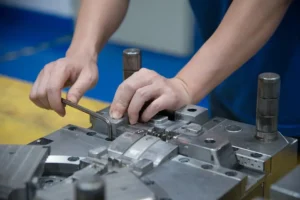Introduction
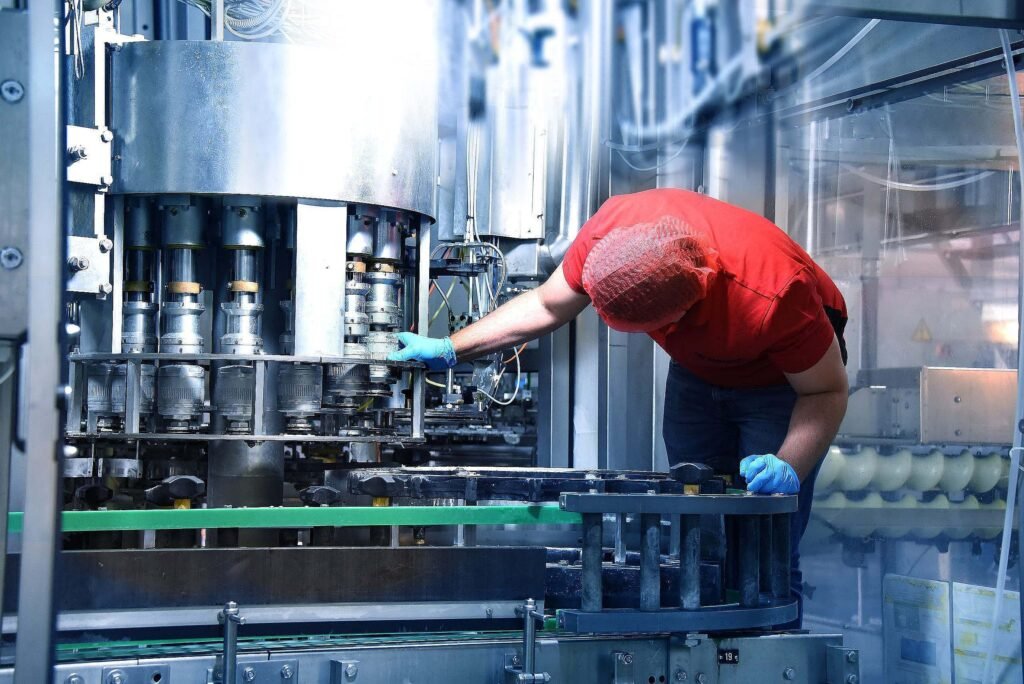
In a highly competitive manufacturing landscape, speed matters. One of the most powerful tools manufacturers are leveraging to accelerate product launches is rapid tooling for mold development. This innovative approach shortens the traditionally long and costly mold-making process, enabling companies to iterate faster, reduce time-to-market, and maintain high production quality.
Whether you’re developing prototypes or need a bridge to full-scale production, rapid tooling in mold development plays a critical role in modern manufacturing. This guide explores what rapid tooling is, how it works, the different types available, and why it’s transforming mold development across industries.
What Is Rapid Tooling?
Rapid tooling in mold development (RT) refers to the process of quickly creating molds using advanced technologies like CNC machining, 3D printing, or soft tooling techniques. Unlike traditional mold-making—which can take several weeks or months—rapid tooling reduces that timeline to days or a few weeks.
There are two main categories:
- Direct Rapid Tooling: The mold development is produced directly from CAD data using additive or subtractive processes.
- Indirect Rapid Tooling: A master pattern is created (usually with 3D printing), which is then used to build the actual mold using casting or other methods.
How Rapid Tooling Works
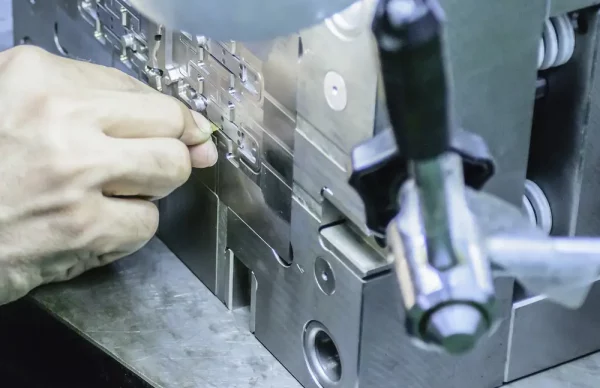
Rapid tooling in mold development integrates digital manufacturing with automated systems to produce mold components efficiently. Here’s a step-by-step overview:
- Design: Engineers create a CAD model of the mold.
- Material Selection: Depending on the end-use, materials like aluminum, epoxy resins, or high-temp plastics are chosen.
- Manufacturing:
- CNC machining for precision molds.
- 3D printing for quick iterations or complex shapes.
- Casting methods for intermediate production.
- Finishing: Post-processing, surface finishing, and inspection.
- Testing: Short production runs validate the mold before scaling.
Key Benefits of Rapid Tooling in Mold Development
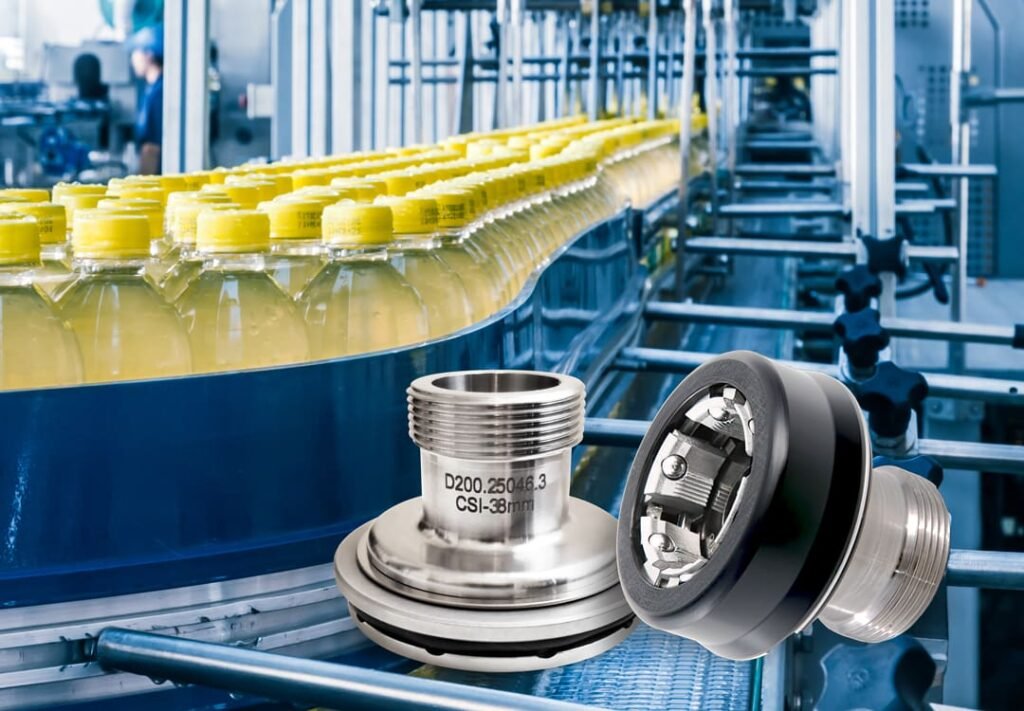
1. Reduced Lead Times
Traditional mold making can take 6–12 weeks, while rapid tooling compresses this to 3–15 days depending on complexity and method used.
2. Cost Efficiency
Rapid tooling reduces the need for expensive steel tools, particularly for prototyping or low-volume runs. This can save 30–70% in upfront tooling costs.
3. Design Validation
By creating molds quickly, manufacturers can test different product designs earlier in the mold development process, reducing costly revisions later on.
4. Faster Time-to-Market
In industries like automotive or consumer electronics, getting a product to market even a week earlier can mean millions in additional revenue.
5. Low-Volume Production Ready
Rapid tooling is ideal for producing 10 to 10,000 parts for pilot runs, seasonal products, or market testing.
Applications of Rapid Tooling Across Industries
| Industry | Use Case |
| Automotive | Prototypes of interior parts, light housings, HVAC components. |
| Medical Devices | Low-volume plastic enclosures and sterile packaging. |
| Consumer Goods | Short-run production of electronics casings, toys, kitchen tools. |
| Aerospace | Functional testing of lightweight components. |
| Packaging | Molded packaging prototypes for branding and usability trials. |
Popular Technologies Used in Rapid Tooling
1. CNC Machining
Ideal for aluminum or soft steel tools. Offers high precision for critical mold features.
2. 3D Printing (Additive Manufacturing)
Used to create either the mold directly or the master pattern. Techniques include:
- SLA (Stereolithography)
- SLS (Selective Laser Sintering)
- DMLS (Direct Metal Laser Sintering)
3. Urethane Casting
Combines 3D-printed patterns with silicone molds to create parts resembling injection molded ones—perfect for appearance models.
4. Soft Tooling (Epoxy or Silicone Molds)
Used for limited runs or when time and budget are tight.
Challenges and Limitations
Despite its advantages, rapid tooling has a few challenges:
- Material Limitations: Rapid tooling may not support all high-performance materials used in final production.
- Tool Longevity: Aluminum or resin-based molds typically wear out faster than hardened steel.
- Complex Geometries: While improving, 3D printing still struggles with certain tight tolerances and surface finishes.
- Scale Limitations: For high-volume production (>100,000 parts), traditional hardened steel molds are still superior.
Real-World Statistics
- According to a 2023 report by MarketsandMarkets, the global rapid tooling market is projected to grow from $1.8 billion in 2023 to $3.5 billion by 2028, at a CAGR of 14.3%.
- Companies using rapid tooling report a 60% reduction in mold development time and up to 50% reduction in cost for low-volume runs.
- 83% of manufacturers using rapid tooling say it improved their product development cycles (Source: SME survey 2022).
Conclusion
As innovation cycles get shorter, manufacturers can’t afford to wait months for traditional tooling. Rapid tooling for mold development offers an agile, cost-effective way to move from concept to production with unprecedented speed and flexibility. Whether you’re a startup testing new products or an established manufacturer looking to shorten lead times, integrating rapid tooling into your workflow is a smart, strategic move.
Frequently Asked Questions (FAQs)
Q1: What is the difference between rapid tooling and traditional tooling?
A: Rapid tooling uses fast, often digital, techniques like 3D printing and CNC machining to create molds much faster than traditional methods, which involve more manual processes and hardened steel tools.
Q2: How many parts can I produce with a rapid tool?
A: Typically, rapid tooling is suitable for 10 to 10,000 parts, depending on the material and method used.
Q3: Is rapid tooling suitable for mass production?
A: Not usually. For large-scale production, traditional tooling offers greater durability and lower per-part costs over time.
Q4: What materials can be used in rapid tooling?
A: Common materials include aluminum, epoxy resin, and sometimes hardened plastics. Steel is rarely used due to time constraints.
Q5: Can I use rapid tooling for injection molding?
A: Yes. Rapid tooling is commonly used to create molds for injection molding, especially for prototypes or short runs.
Sources:
- MarketsandMarkets – Rapid Tooling Market Forecast
- SME – Rapid Manufacturing Reports
- Additive Manufacturing Media – Tooling Trends
- Protolabs – Rapid Tooling Applications
- Design News – 3D Printing in Tooling

